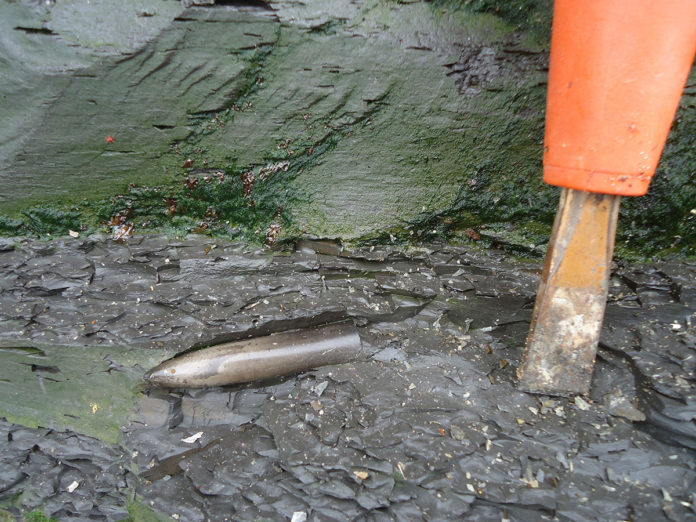A group of scientists at GeoZentrum Nordbayern at FAU has as recently examined how prehistoric organisms reacted to climate change, based on their exploration of belemnites. These shrunk substantially when the water temperature rose because of volcanic activity around 183 million years ago, during the period known as the Toarcian.
Paleontologist Dr. Patricia Rita said, “Belemnites are particularly interesting, as they were very widespread for a long time and are closely related to the squid of today. Their fossilized remains, for example, the rostrum, can be used to make reliable observations.”
“Within the context of the DFG-funded research project ‘temperature-related stresses as a unifying principle in ancient extinctions,’ the hypothesis was confirmed that climate has a significant influence on the morphology of adult aquatic organisms. The body size of dominant species fell by an average of up to 40 percent.”
Scientists believe that this Lilliput effect was a precursor to the later extinction of the animals. It is still unclear whether rises in temperature influenced the organisms’ metabolism directly or indirectly, for example, due to a shortage of food sources.
The FAU research team published their results in the online publication Royal Society Open Science.
